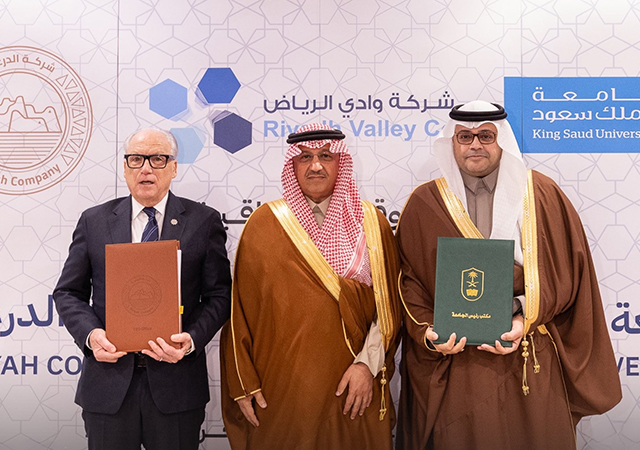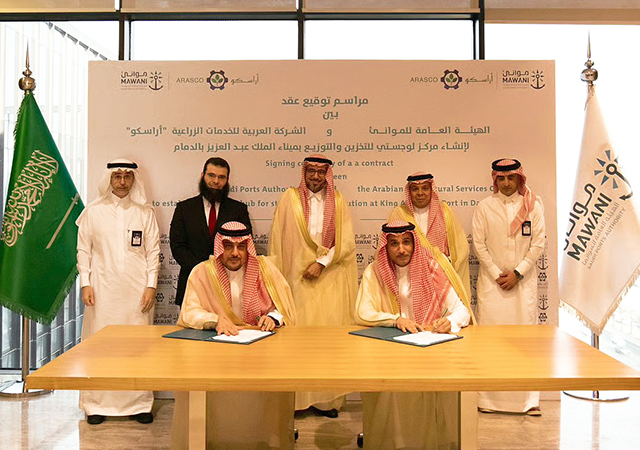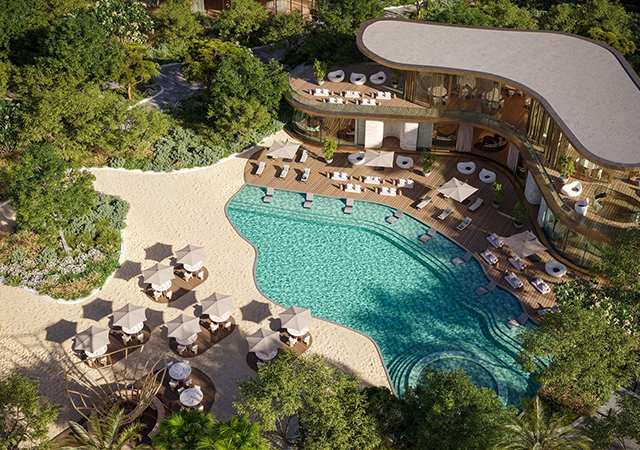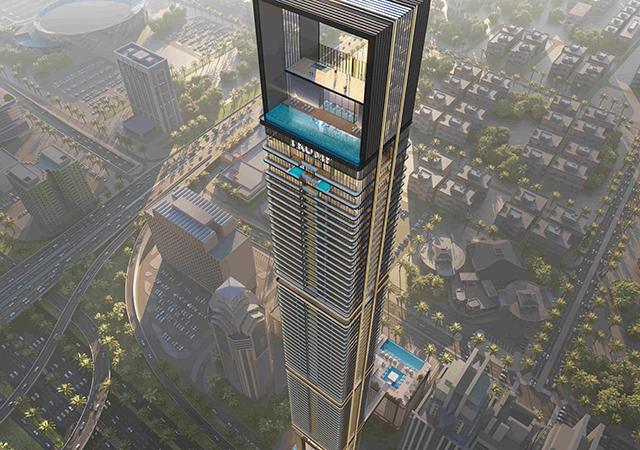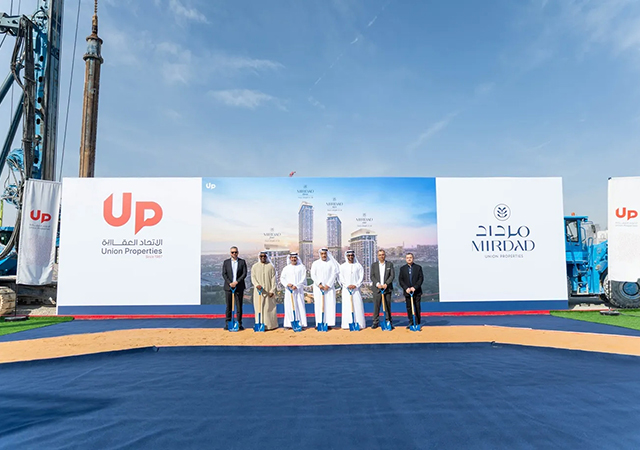 Exterior application of Cafco SprayFilm WB3 in Singapore.
Exterior application of Cafco SprayFilm WB3 in Singapore.
Thin-film solvent-based intumescent coatings have been used for the passive fire protection of structural steel since the 1970s and millions of square metres of steel have been protected in this way.
In contrast, water-based intumescent coatings – first developed in the late 1980s and introduced commercially in the 1990s – have experienced a rapid growth in use around the world and thus, are now displacing solvent-based products on many projects.
This is not surprising, since there are a number of major benefits that apply to all water-based products and some that are unique to individual products. However, it is important to note that while water-based products tend to get labelled as one generic group, many different formulations exist. Each product must, therefore, be considered separately in terms of its technical ability.
Unfortunately, in some areas and especially the Middle East, a number of myths and rumours have circulated regarding water-based intumescents. Many have come about through general ignorance and misinformation, sometimes promoted by the manufacturers of solvent-based products. Such myths include poor resistance to humidity, slow drying, lack of film build and reduced long-term durability.
The fact is, that thousands of tonnes of steel have been successfully fire protected with water-based intumescents during the past 10 to 15 years and many contractors, engineers, architects and building owners have realised the benefits of using these products.
Early water-based formulations were generally restricted to one-hour fire ratings and this limited their use. Where they were suitable, however, they provided a fast and cost-effective method of fire protection. Many steel sections required less than 0.5 mm dry film thickness and this could be applied in a single spray application. This enabled the applicator to complete the work in a very short period, thus reducing the overall construction programme.
In the late 1990s, water-based technology improved and products became available that were able to achieve two-hour fire ratings and even some, limited, three-hour options. One of these products was Cafco SprayFilm WB3 and the benefits it proffered had particular relevance to the environment experienced in the Middle East.
Safer to use
Clearly two of the main benefits of water-based products are safety during application and the fact that they are more environmentally friendly. Water-based products contain no hydrocarbon solvents and can therefore be used safely alongside other trades and workmen. There is no possibility of solvent build-up in confined spaces, no requirement for special flammable storage areas, which is especially important at the present time.
Faster drying
In high ambient temperatures experienced in the Middle East, water-based products will dry much faster than solvent-based products. They dry by rapid evaporation of water from within the total coating layer and therefore achieve ‘through drying’ much faster without the formation of a surface skin.
Solvent-based products, on the other hand, tend to surface-dry very quickly. Unfortunately, this process forms a hard surface skin, which then slows down the escape of solvent from the rest of the coating layer. This causes the coating to remain soft for a much longer period, thus increasing the risk of damage, as well as extending the over-coating interval. The problem is compounded as higher coating thicknesses are applied.
Higher build
It is also possible to apply water-based intumescents, such as Cafco SprayFilm WB3, at high film thicknesses in one application. Because they do not skin over when drying, the high wet film thickness does not impede the through drying of the film. Since much higher thicknesses can be applied for each coat, the overall number of coats can be reduced, thus saving construction time.
Reduced intervals
As water-based intumescents dry faster, over-coating times can be reduced both for the second coat and for the final top coating. This is particularly beneficial when multi-coat systems are specified. As the water-based coating through-dries much faster, there is much less chance of trapping any water in the film after the topcoat is applied.
It is a common problem with solvent-based intumescents that, if top-coated before all the solvent has been released from the film, bubbling and blistering can occur later as the solvent tries to evaporate through the topcoat.
Resistance to humidity
Despite rumours to the contrary, water-based intumescents such as Cafco SprayFilm WB3, can withstand high humidity levels during application. Obviously, direct rain or water immersion during application or drying will affect the coating, but the solvent-based intumescents are affected in the same way if they are not fully dry. Water-based intumescents already contain water and as such, they are more compatible with humidity in the atmosphere.
Water-based intumescents will also tolerate a small amount of moisture on the substrate as this is absorbed into the coating and then evaporates during the normal drying process. With solvent-based intumescents, it is essential that they are applied to a dry substrate during application. If any moisture is present on the steel, it will form an incompatible layer between the substrate and the coating, leading to loss of adhesion.
Good weatherability
Once applied and top-coated with an approved finish, water-based intumescents such as Cafco SprayFilm WB3 are able to provide good long-term durability.
Although generally intended for interior use, water-based intumescents have to be capable of withstanding all the environmental conditions encountered during the construction phase of a project. Experience has shown that products such as Cafco SprayFilm WB3 can be applied at an early stage of construction, without affecting the long-term durability of the coating system. This practical experience is backed up by laboratory testing to international standards in both the US and Singapore – countries that experience similar weather conditions to the Middle East.
In Singapore, Cafco SprayFilm WB3 has passed all the requirements of BS 8202: Part 2 1992 and is the only water-based intumescent listed under the Product Listing Scheme (PSB). The BS 8202 test programme includes exposure to a number of different environments and conditions including humidity, washing, sulphur dioxide, heat and natural exposure. After exposure to the above conditions, each section is fire tested to ensure it can still provide the expected performance.
It can be seen from the above that water-based products such as Cafco SprayFilm WB3 can offer a number of tangible benefits over solvent-based products, especially in hot climates. As with any specialist material, however, it is important that the products are applied in accordance with the specifications and application instructions provided by the manufacturer. Experienced and recognised applicators should always be used as they have the knowledge and technical ability to ensure a successful project.



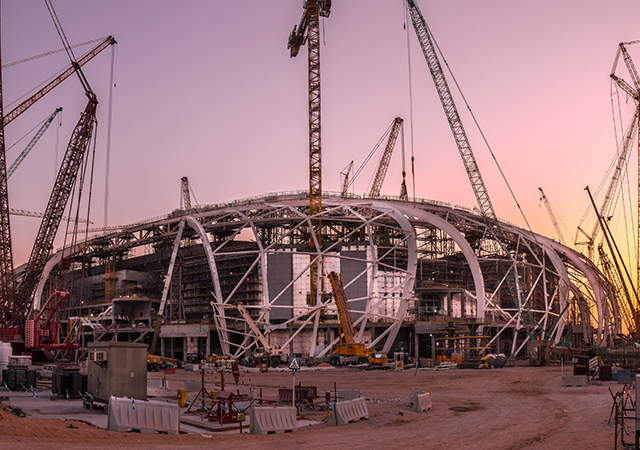
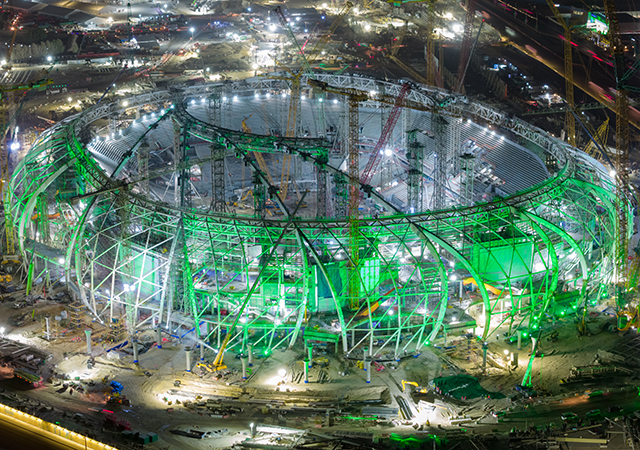


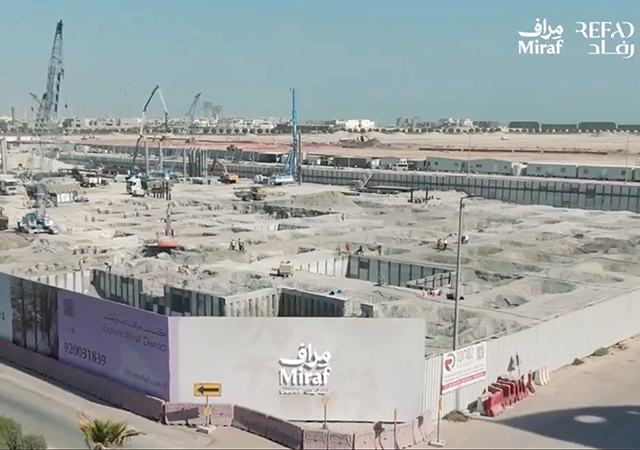
.jpg)



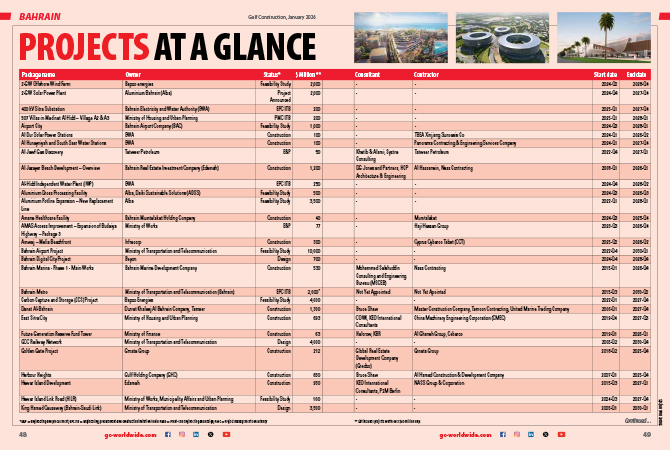
.jpg)

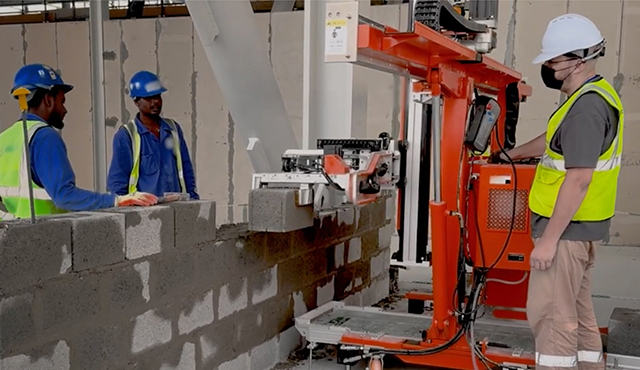
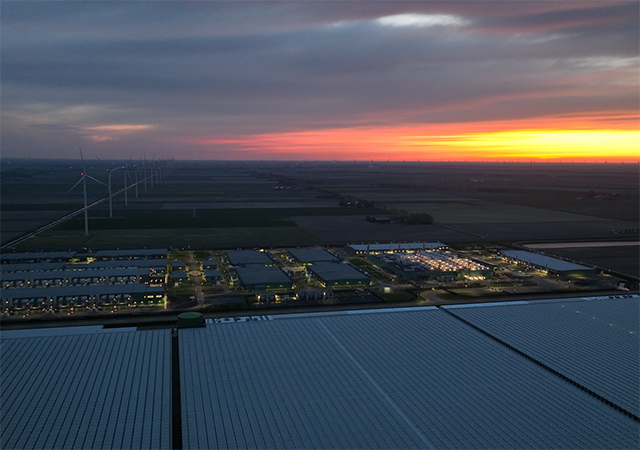
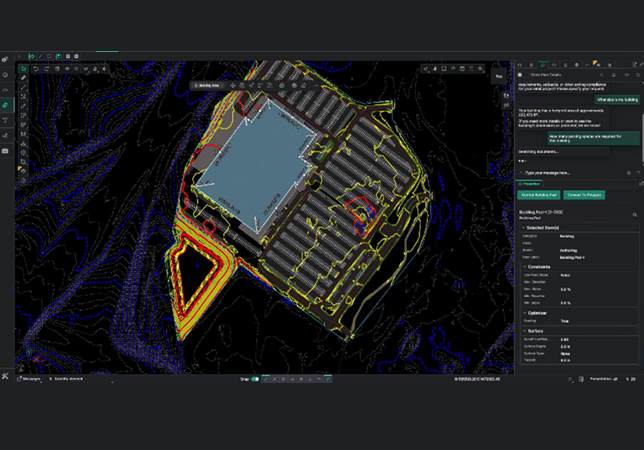

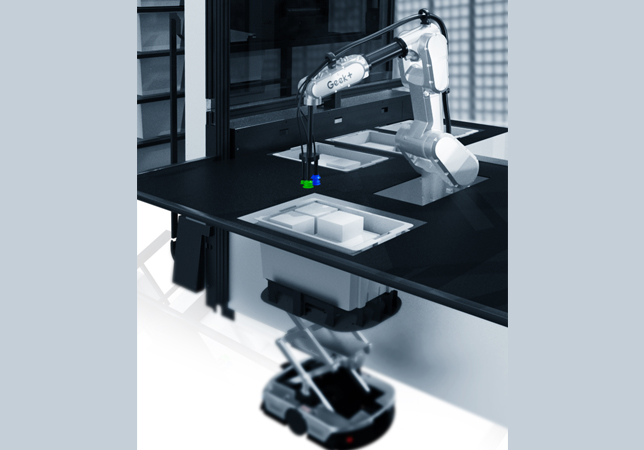


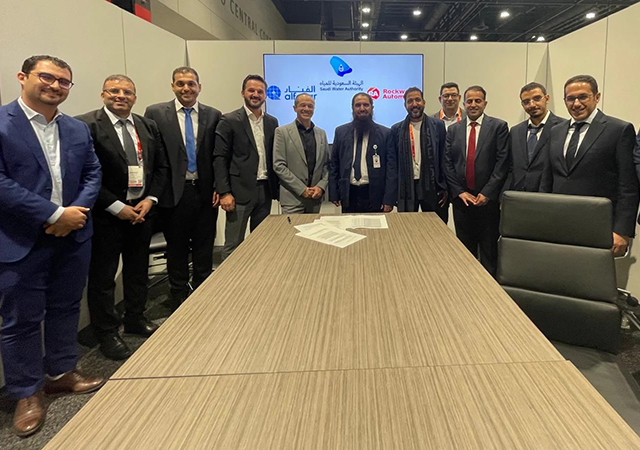

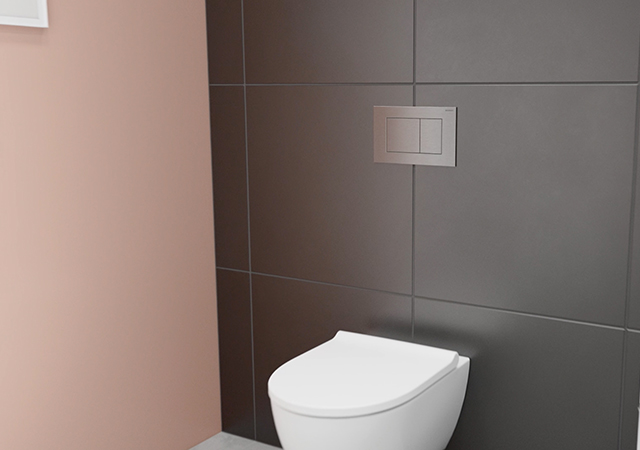



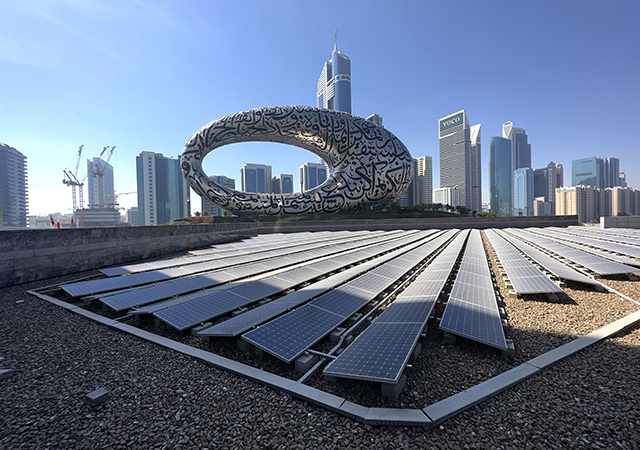
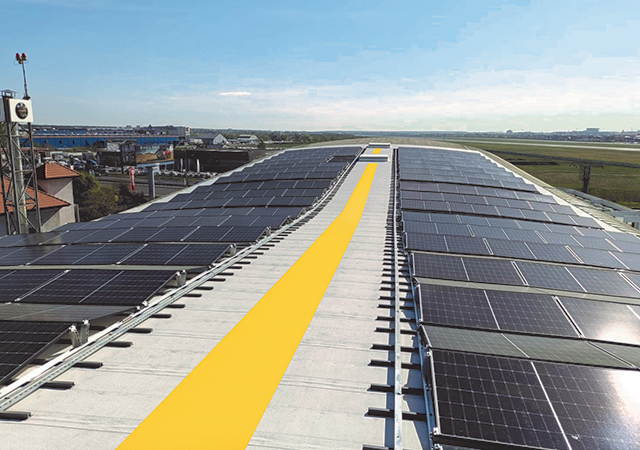
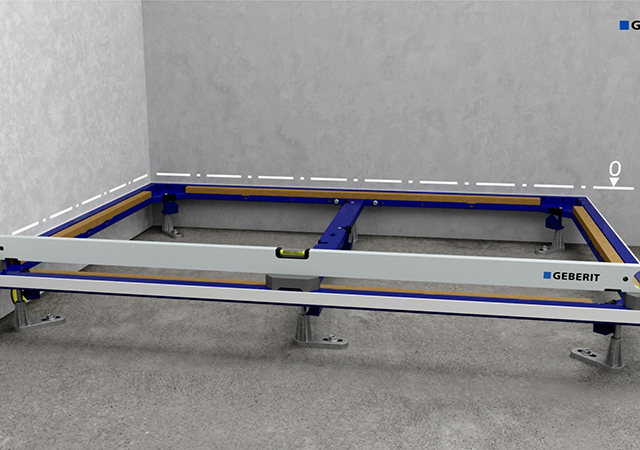






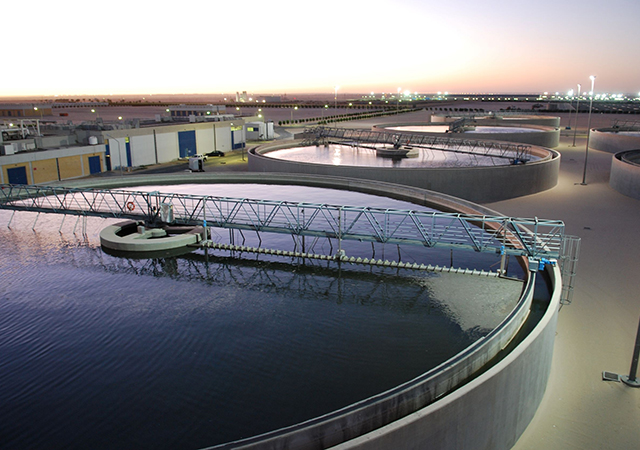
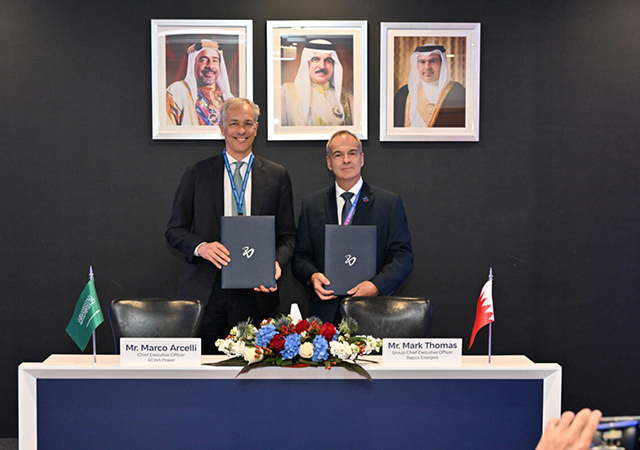


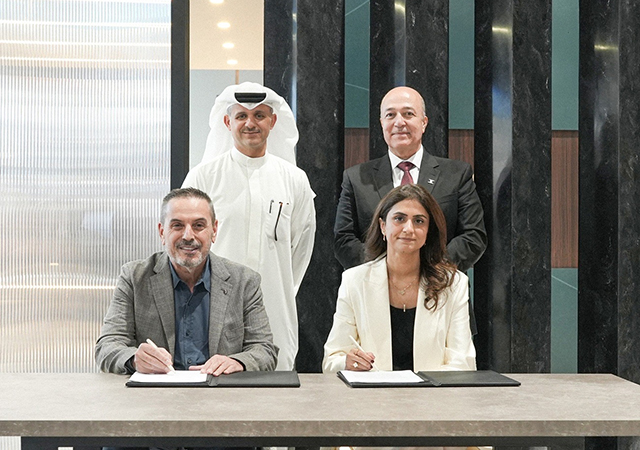
.jpg)
